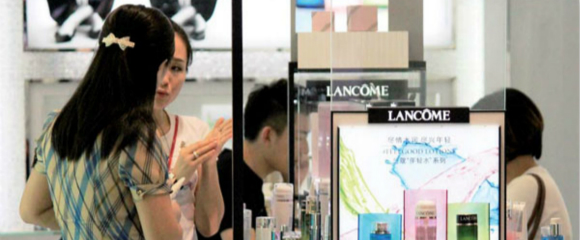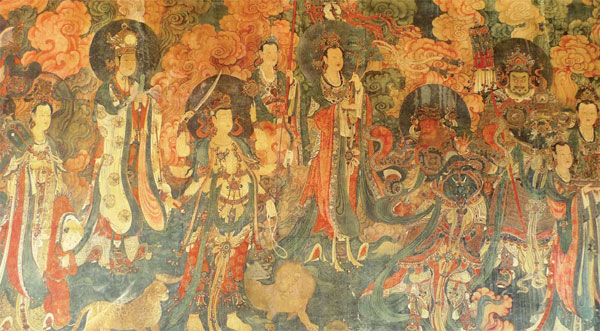In the hall of the great frescoes
Updated: 2016-04-15 08:52
By Zhao Xu(China Daily Europe)
|
|||||||||
|
Clockwise from Top: An overview of Fahai Temple, which was built during the Ming Dynasty; the main hall of the temple; and some of the Buddhist frescoes which are revered as China's best preserved Ming frescoes. [Photo provided to China Daily] |
In 1933, German photographer Hedda Morrison went to a western suburb of Beijing, where she discovered what she would call the city's most interesting temple.
With a Rolleiflex twin lens camera and a heart captivated by the beauty of Oriental art, she recorded in black and white the stunning frescoes on the walls of the main hall at Fahai Temple, a Buddhist temple dating from the Ming Dynasty (1368-1644).
However, the way Morrison went about her work, which she wrote about in detail, is likely to fascinate the modern reader almost as much as her pictures.
However, for Lu Shaojie, a temple guide who has spent a large part of her time at Fahai in the past four years, the flash that lit up both the hall and Morrison's mind hasn't been dimmed. On a slightly chilly spring morning in mid-March, she led tourists into the ancient hall and switched on a flashlight.
As the beam of yellowish light swept across the wall, patches of fresco emerged one by one from the pitch blackness to charm with warm hues and myriad images, before retreating into the shadows to resume their silent, self-effacing existence. It was like a siren's song, the frescoes under dim, wandering light seeming to call for attention while at the same time wanting to be left alone.
"The mental impact of Morrison's experiences must have been enhanced by the decision to allow absolutely no light into the main hall," says temple guide Lu, pointing to the heavy curtain on the windows. "It's aimed at protecting the frescoes, with the inadvertent effect of accentuating their beauty, for which few people are truly prepared."
Today's Top News
Embryos growing in space a 'giant leap'
Russia to defend regional security jointly with China
Passage to piraeus
In the hall of the great frescoes
World Bank joins AIIB on financing for joint projects
GM seeds to get oversight
Russia-China ties benefit both countries, peoples
China, UK showcase best books in London
Hot Topics
Lunar probe , China growth forecasts, Emission rules get tougher, China seen through 'colored lens', International board,
Editor's Picks

|

|

|

|

|

|








